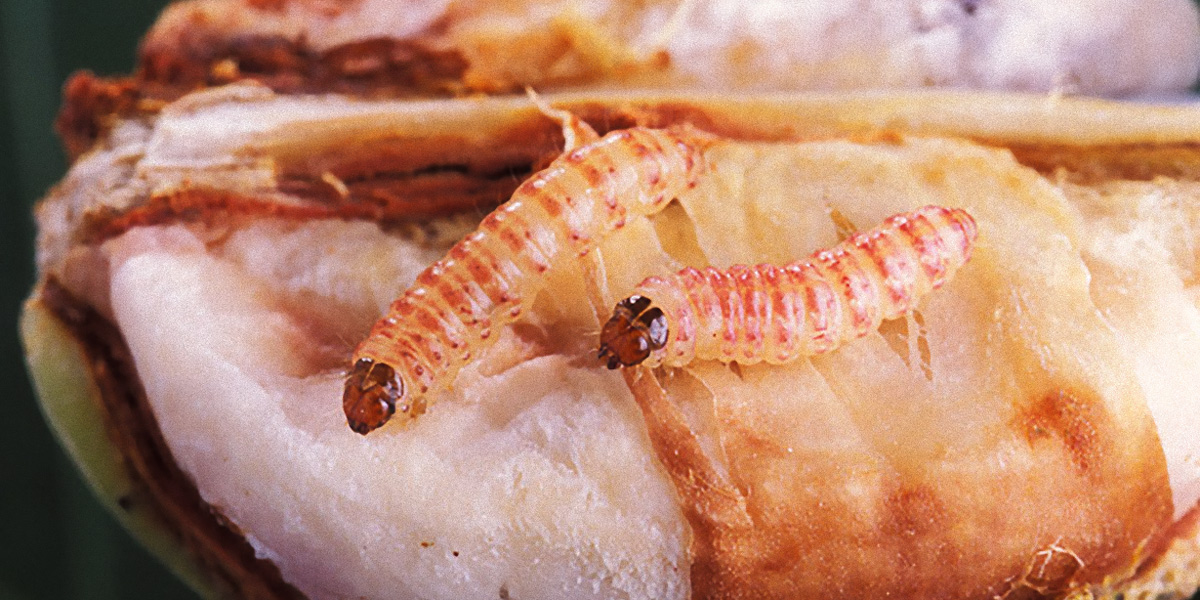
Planting non-GM cotton could double yields, say scientists
GM Bt cotton is failing in India – and African countries should take note of this when considering whether to introduce it themselves, according to a new scientific paper by internationally acknowledged experts.
The authors, Andrew P. Gutierrez, Peter E. Kenmore, and Luigi Ponti, write that the underlying cause for this failure is the high cost of hybrid seed, which forces farmers to plant cotton in low density over a long growing season. This limits yield potential and means that the cotton is afflicted by late-season pests, such as the pink bollworm. Farmers have to buy pesticides, which increases costs, and substandard yields mean that not enough money is recouped from sale of the harvest.
While India's plant breeding law allows farmers to save and replant even patented GM Bt cotton seed, the resulting plants are variable in quality, discouraging seed saving for replanting.
Most of the Bt cotton in India is grown on rainfed (non-irrigated) small family farms, meaning it is dependent on variable weather conditions.
The authors recommend that farmers shift to high-density short-season pure-line non-hybrid, non-Bt, rainfed cotton varieties, including the native (Desi) varieties. The wide-scale planting of non-hybrid (and non-GM) rainfed cotton, due to its pest avoidance properties, "would render the Bt technology largely irrelevant as demonstrated in irrigated desert cotton in California", where these non-GM varieties, combined with early harvesting and ploughing, disrupted overwintering of the pink bollworm, "saving the cotton industry from the ravages of this invasive pest". The authors believe that adopting such varieties "can potentially produce double the yields of the current low-density hybrid system".
They point to research by scientists at the Central Institute for Cotton Research (CICR) in Maharashtra, which found that seed cotton yields in two non-Bt rainfed cotton varieties were more than double the yields of long-season Bt hybrids in Maharashtra.
A graph (Fig 2) shows that of all the major cotton producing countries, India has the lowest national yield per hectare: 466 kg/ha, compared with 2011 kg/ha in Australia and 1844 kg/ha in China. Yet the reasons behind this failure have not been properly explored. Instead, the picture has been muddied by analyses conducted before pests became resistant to the insecticidal toxins in Bt cotton. Moreover, these prior analyses have failed to recognise the impact of the high prices and market capture properties of GM Bt cotton, which have affected farmer profits, indebtedness, and suicides.
The authors explain: "Indian farmers became trapped on pesticide and biotechnology treadmills as they sought to solve agronomic and insecticide-induced pest problems using an inappropriate hybrid Bt cotton technology, the costs of which imposed suboptimal planting densities resulting in low stagnating yields, increased indebtedness, and foreclosures with thousands of farmers seeking relief in suicide."
Bt cotton seeds, like all GMOs, are patented, meaning they are covered by Intellectual Property Rights or IPRs. GMO patents are owned and controlled by a small number of big agbiotech companies. In India, Bt cotton is owned and patented by Monsanto, now owned by Bayer. The authors comment on the patent system: "Indian cotton farmers have been paying a premium for a hybrid technology that is a value-capture mechanism protecting seed industry IPRs and profits — the economic plight of poor farmers appears to have been viewed as collateral damage."
The authors caution, "The lessons gained from the ongoing market failure of hybrid Bt cotton in India are of utmost importance to its proposed introduction to Africa where, similar to India, cotton is grown mainly in poor rainfed smallholder family farms."
The authors quote the scientist and technology analyst Vaclav Smil as saying that "not all innovations produce desirable outcomes, and some produce effects contrary to the best interests of society". They conclude that Bt cotton in India "should be added to this list, and we caution against its uncritical introduction to Africa".
The new paper:
Gutierrez AP et al (2023). Hybrid Bt cotton is failing in India: cautions for Africa. Environmental Sciences Europe 35, Article number: 93. https://enveurope.springeropen.com/articles/10.1186/s12302-023-00804-6